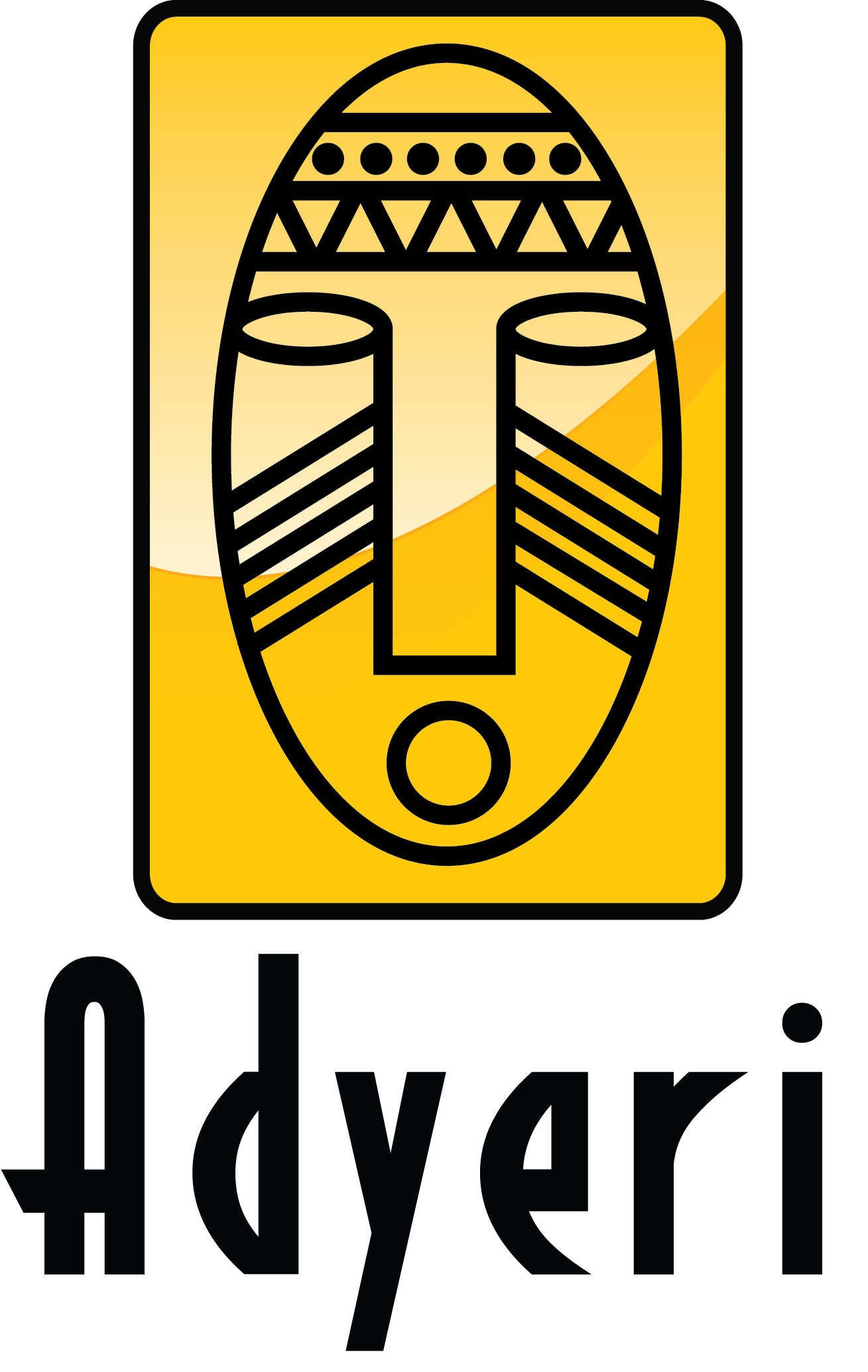Rwenzori Mountain National Park
Rwenzori Mountain National Park
Rwenzori Mountains are protected in a 996km2 acreage of land that runs along the Congolese border between Semuliki valley and Queen Elizabeth National Park. The ranger’s upper slope constitute an aptly lunar landscape of bare black roots and tussock moorland studied with surreal giant lobelias and groundsels, while the lower contours are swathed in a tangled jungle inhabited by shy forest elephants and chimpanzees. Above all this, towering to a maximum altitude of 5,109m, a series of craggy black peaks is coated in permanent equatorial snow and ice.
Flora and fauna of Rwenzori mountain national park
It is a lofty east African mountain the vegetation of Rwenzori can be divided into several altitude zones, each with its own distinct micro climate, flora and fauna. The afro-montane forest zone, which starts at 1,800m, has the most varied fauna. The fauna of the Rwenzori includes 70 mammal and 177 bird species, several of the latter being Albertine Rift endemics. It is also the only national park in Uganda where Angola colobus has been recorded, though identification of this localized monkey requires careful as the similar and more spread black and white colobus also occurs on the mountain.
Hiking and walking routes
The central circuit
For many years this circuit out of Nyakalengija provided the only access to the upper Rwenzori
Day one:
Nyakalengija (around 1,615m) to Nyabitaba hut (around 2,651), 5 hrs; altitude gain 1,036m) from Nyakaengija, it’s a 10km ascent to Nyakitoba hut, passing first through forest there cultivations then through forest there is also piped water supply at the hut.
Day two:
Nyabitaba hut (2651m) to John Matte hut (3,505m). 7hrs; altitude gain: around 854m, this is the longest and most strenuous day’s walk. From Nyabitaba hut the path descends through the forest for a short time before it crosses the Bujuku River at the Kurt Schafer Bridge which was built in 1989.
Day three:
John Matte hut (3505m) to Bujuku hut (3962m), 5hrs; altitude gain 457m, this stage takes up to 5 hours depending on the condition of the bigo bigo, which are often knee deep in mud through a boardwalk has now been constructed across part of it. On the way Lake Bujuku has a magnificent setting between Mt. Stanley, Speke and Baker.
Day four:
Bujuku hut (3962m) to Kitandara hut (4,023m), 3-4 hours; altitude gain 61m , from Bukuju hut you will ascend to Scott Elliot pass (4372m) which is the highest point on the central circuit trail, before descending to the two kitandara lakes. The hut is next to the second lake.
Day five:
Kitandara hut (4,023m) to guy Yeo man hut(3,505m), 5hrs descent 518m, the stage starts with a steep ascent of fresh field pass (4,282) then a descent to Bujongolo cave (3,702m).
Day six:
Guy Yeoman hut (3,505) to Nyakalengija (5 hours 1890m) a 5hrs descent from Guy Yeoman hut to Nyabitaba hut (a descent of 851m).
Six dayshike to Mount Higi di Savoia
Is a six day loop trail summitting the 4,620m Weisman’s peak and 4,627m Stella peak on Mt. Luigi di Savoia. A longer variation on this nine days loop trail incorporating a summit of Mt Stanley’s (5,109m) Margherita peak.
Day one:
Kyamboyho trailhead (1,450m) to Sine hut (2,590m). standing at the main trailhead 2km past Rwenzori back packers, the route runs along the side of the Nyamwamba River Valley for 3km before entering the park along, steady climbing through montane forest.
Day two:
Sine (2,590m) to Mutinda (3,810m), altitude gain 644m. After a stiff climb through bamboo to Kalaana camp, the route flows the Kamusoni River valley up to Mutinda.
Day three:
Mutinda (3810m) to Bugata camp (4,060m) altitude gain 250m, from Mutinda, the landscape becomes bleaker and more dramatic as the trail traverses open moorland between the Kamusomi and Nyamugasani valley.
Day four:
Climb Duke Luigi di Savoia (4,627m) and return to Bugata camp 5-6 hours altitude gain and loss 567m.
Day five:
Bugata camp (4060m) to Kiharu camp (3520m) altitude loss 542m, this lovely hike backwards towards Kilembe follows a different route through a valley to an area of evergreen forest where tree hyrax can be heard at night, monkeys and Rwenzori turacos call by day.
Day six:
Kiharu camp (3,520m) to Kyambogho trailhead (1,450m) altitude loss 2070m, the trail descends along ridge through bamboo and montane forest to the hostel at kilembe.


